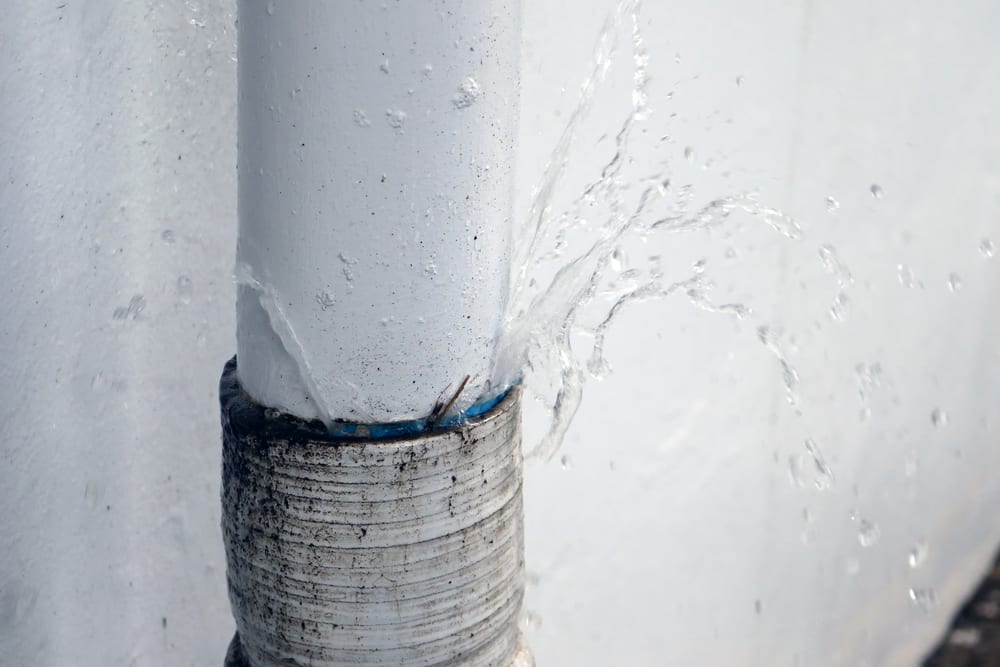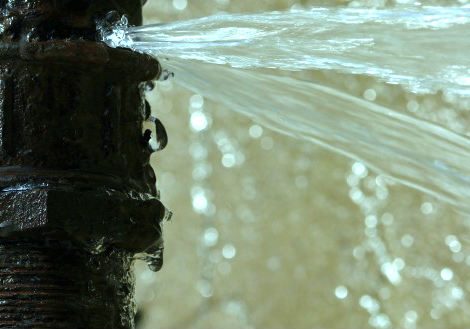Just how do you really feel on the subject of How to Prepare for Your Dishwasher Installation?

A burst pipeline is a major emergency; you can just stand as you watch water you pay a lot to rejoin with the earth. In even worse cases, you see a pool on your cooking area flooring, which is a terrific journey risk, specifically if you have kids around. If the pipeline that burst remained in your wall surfaces, bad news: you may require to paint that entire section.
Exactly how can a tragedy like a burst pipe be prevented as well as handled? Well, by listening to your expert emergency plumbings and following these policies.
Exactly how do I understand when my pipelines have burst?
Varying water pressures
Pipelines do not simply burst in a day. You might have noticed that your kitchen area tap or shower doesn't run promptly when you transform the faucet. It may stop briefly for a couple of seconds and after that blast you with even more pressure than typical.
In other instances, the water might appear regular at first, then decrease in stress after a couple of seconds.
Polluted water
Lots of people think a burst pipe is a one-way outlet. Rather the contrary. As water drains of the hole or tear in your plumbing system, impurities locate their method.
Your water might be infected from the resource, so if you can, examine if your water container has any problems. Nevertheless, if your drinking water is supplied and purified by the city government, you ought to call your plumber right away if you see or smell anything funny in your water.
Puddles under pipes and sinks
When a pipe bursts, the discharge creates a pool. It might appear that the puddle is growing in size, and also despite the amount of times you wipe the pool, in a couple of minutes, there's one more one waiting to be cleaned. Commonly, you might not be able to map the pool to any kind of noticeable pipes. This is a sign to call a professional plumber.
Damp wall surfaces as well as water spots
Before a pipe ruptureds, it will certainly leak, many times. If this persistent leaking goes undetected, the leakage might graduate into a vast tear in your pipe. One easy means to avoid this emergency is to keep an eye out for wet wall surfaces advertisement water spots. These water stains will certainly lead you right to the leakage.
Untraceable dripping noises
Pipeline bursts can happen in one of the most undesirable locations, like within concrete, inside walls, or under sinks. When your house goes silent, you may have the ability to hear an annoyingly relentless leaking noise. Also after you've checked your shower head and also kitchen area faucet, the trickling might continue.
Beloved visitor, the dripping may be coming from a pipeline inside your walls. There isn't much you can do about that, other than tell a specialist plumber.
Turn up the Heat
Establish fans to blow warmth into cold spaces. Keep the garage door shut. If you have lowered water circulation, heat one of the most susceptible pipelines (generally in basements as well as crawl spaces or near exterior wall surfaces) with a hair dryer. Leave the tap on while you apply warmth. As you melt ice, the circulation will raise. To avoid pipelines from freezing, shield your walls.
Beginning Doing Away With the Water
Order the mop, pails and a store vacuum to begin to get rid of the water since you definitely don't desire it soaking right into everything else in your house. Plus, a fast clean up will certainly reduce the possibilities of something obtaining moldy.
What do I do when I identify a burst pipe?
Your water meter will certainly continue to run also while your water wastes. To decrease your losses, find the major controls and turn the supply off. The water pipe are an above-ground structure at the edge of your residential property.
How to Fix & Detect a Leaking Pipe
How Do I Know if a Pipe is Leaking?
Leak detection tests can help you determine if your pipe has a leak. Even if you don’t see an apparent leak, you should still conduct leak detection tests regularly to save water and money—and prevent major damage to your home.
Water meter. It can be helpful to figure out what your usual water meter usage numbers are and then monitor them regularly. To monitor your meter, first, turn off all water faucets in your home. Check the meter and write down the numbers. In a few hours, check the meter again. If the numbers have changed, you have a leak. Water gauge. Use a water gauge to test your water pressure. Your showerhead should produce a certain amount of water pressure based on its model and design. If the pressure is lower than it is supposed to be for that specific showerhead, your home likely has a leak. Puddles. Look inside your bathroom, laundry, and kitchen sink cabinets. Puddles around the cabinets or around toilets, tubs, showers, and washing machines indicate the presence of a leaking pipe. You may also notice loose tiles, peeling or flaking paint, or mold caused by water accumulation. Napkin test. Even if you don’t see any puddles, you may still have a leak. You can test for water leaks in the bathroom, laundry, and kitchen by wiping below-sink connections with a napkin, paper towel, or piece of toilet paper. If it becomes damp, you probably have a leaking pipe under the sink. Discolored walls. Walls that are discolored—usually with brown or yellow stains—or bulging might mean that they have been impacted by water damage caused by a leaking pipe. Smell. A leaky pipe will create sitting water, and over time, that water may develop a musty smell. If your home smells musty, but you can’t locate the source, it may be due to a leak. Steps for Fixing a Leaking Pipe
A leaky drain can be remedied by tightening the pipe base, replacing the drain seal, caulking the rim, and tightening the pipe nut. Similarly, a leaking toilet pipe can be treated by tightening the packing nut. You may also need to replace the valve. A leaky faucet may just need tightening or replacement of the washers. If that doesn’t work, consider replacing your faucet. If your pipe has a hole in it, you may want to use a pipe leak sealer or pipe leak tape. This quick fix for water pipe leaks can also temporarily fix a copper pipe leak. https://www.ahs.com/home-matters/quick-tips/how-to-tell-if-pipes-are-leaking/

I hope you enjoyed our excerpt on How to Prepare for Your Dishwasher Installation. Many thanks for finding the time to browse our piece of content. Do you know somebody who is truly interested in How to install a dishwasher safely? Feel free to share it. I am grateful for your time. Come back soon.
Learn More